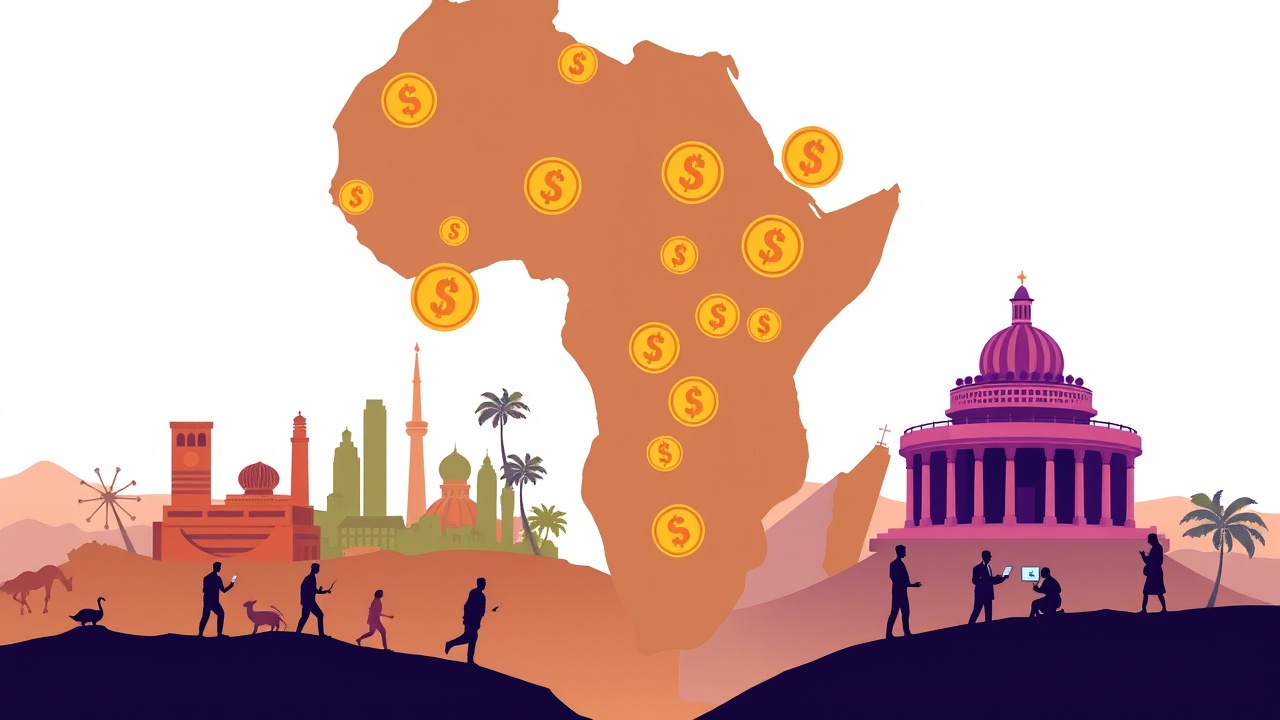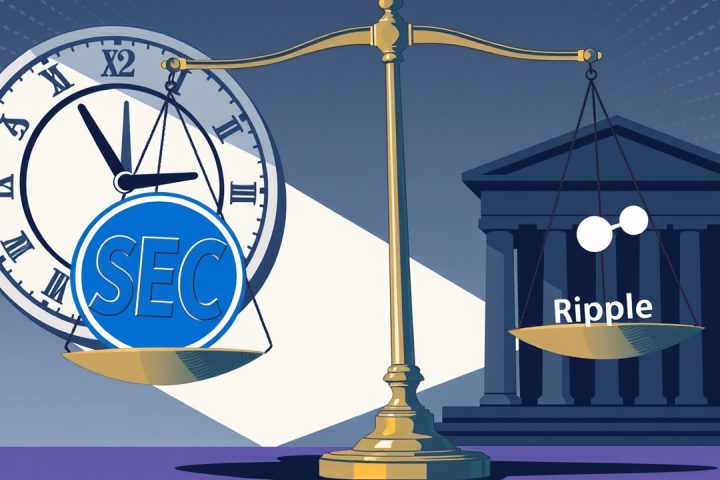The Rise of Stablecoins in Africa
In cities like Nairobi and Lagos, the recent rise of stablecoins is reshaping the financial landscape, offering residents innovative methods for savings, transactions, and trade. In the face of soaring inflation, fickle foreign exchange rates, and steep remittance fees, stablecoins have grown in popularity. Their integration with mobile payment platforms helps users feel more comfortable and engaged with digital currencies, making them a practical choice for many.
Real-World Applications
On a typical Tuesday morning in Nairobi, Amina issues an invoice to a client based in Berlin, and by the afternoon, she finds USDC deposited in her digital wallet. The ease with which she can convert this into mobile money via M-Pesa reflects how these transactions have become almost routine, largely thanks to services like Kotani Pay that merge stablecoins with established mobile platforms.
Meanwhile, in Lagos, shop owner Chinedu utilizes Tether’s USDt to manage his business capital. This strategy allows him to safeguard against the naira’s erratic fluctuations, ensuring his ability to restock without jeopardizing his profit margins. In fact, between July of last year and June of this year, Nigeria conducted approximately $22 billion in stablecoin transactions—the highest volume recorded in Sub-Saharan Africa.
Economic Efficiency and Challenges
This movement toward stablecoins is largely fueled by economic concerns. Traditional remittance services impose an average fee of 8.45%, significantly higher than the nearly 4% offered by newer digital-first channels. By using stablecoins and allowing for straightforward cash-out options, families can save substantially, particularly when transferring amounts between $200 and $1,000, which are vital for everyday expenses and small business operations.
Both the Nigerian and Kenyan economies are grappling with inflationary pressures; Nigeria’s consumer price index reached 21.88% in July this year, while Kenya noted a 4.5% rise driven by climbing food and transport costs. These challenges have only become exacerbated by recent currency reforms, increasing the need for effective financial tools.
The burgeoning trend towards stablecoins can be attributed to their economic efficiency as “digital dollars,” which offer swift transfers and lower fees—especially beneficial for cross-border transactions. This shift is evident in current data, with stablecoins representing the majority of crypto transactions within Nigeria; up to $3 billion in such transactions occurred in the first quarter of 2024 alone.
Market Leaders and Services
Popular choices like Tether’s USDt and USDC have emerged as market leaders, with networks like Tron facilitating effective and affordable transfers. The process of acquiring these stablecoins typically involves a combination of regulated fintech firms and peer-to-peer exchanges, seamlessly integrating with local currencies and cash-out methods.
Prominent services such as Yellow Card and Chipper Cash capitalize on this digital finance wave, allowing users in various African nations to transact using stablecoins without necessarily being aware of the underlying technology. Recent reports illustrate that stablecoins now account for a significant portion of economic activity in the region, extending their applicability to savings, payroll for freelancers, inventory management for businesses, and remittance transfers.
Regulatory Landscape and Future Outlook
However, the rapid expansion of stablecoins is not without its challenges. Regulatory responses are fluctuating, with Nigeria originally lifting restrictions on crypto accounts only to face subsequent crackdowns on certain platforms. Meanwhile, Kenya’s regulatory framework has also seen various shifts, illustrating the complex landscape these digital assets traverse.
Despite the inherent risks associated with stablecoins—ranging from regulatory uncertainties to potential market instability—they have become vital tools for Africans seeking reliable financial solutions amidst economic tumult. As the adoption of stablecoins continues to evolve, the focus remains on balancing user convenience with regulatory oversight to ensure a sustainable financial future.
As stablecoins integrate further into the daily financial operations of millions, the demand for clearer regulations and trusted platforms will undoubtedly shape the future landscape of digital finance across Africa.




